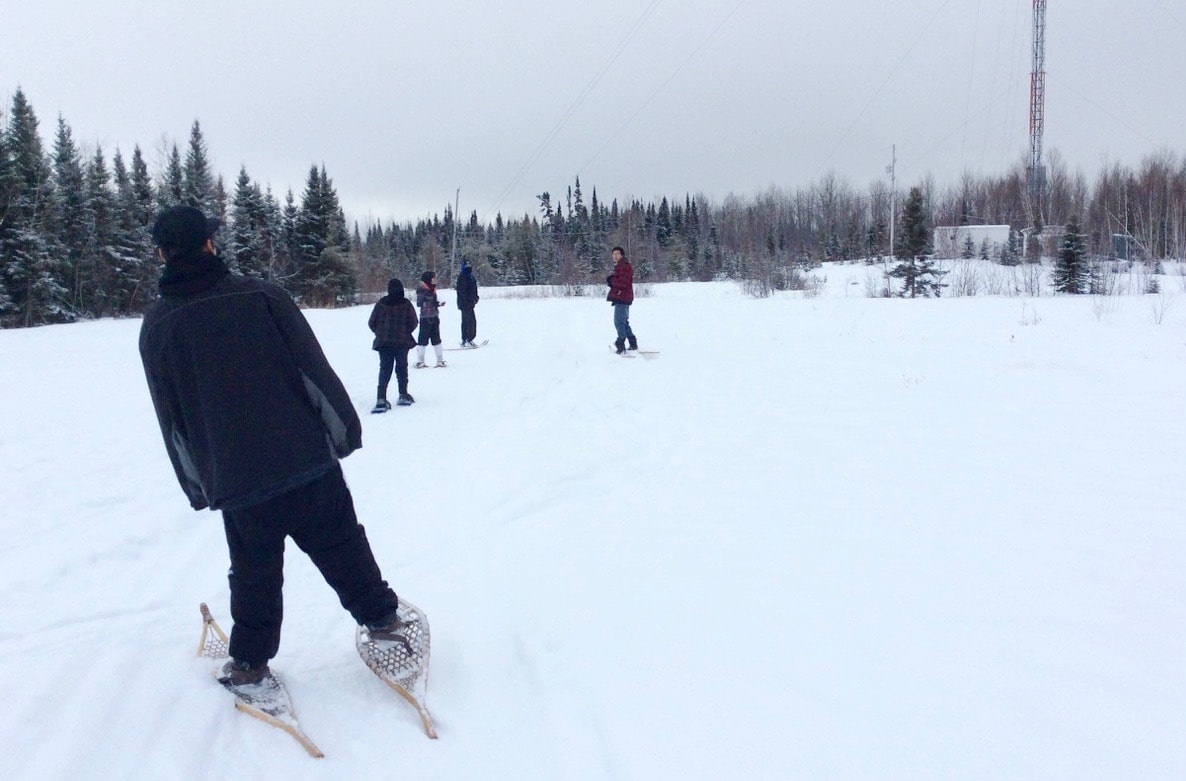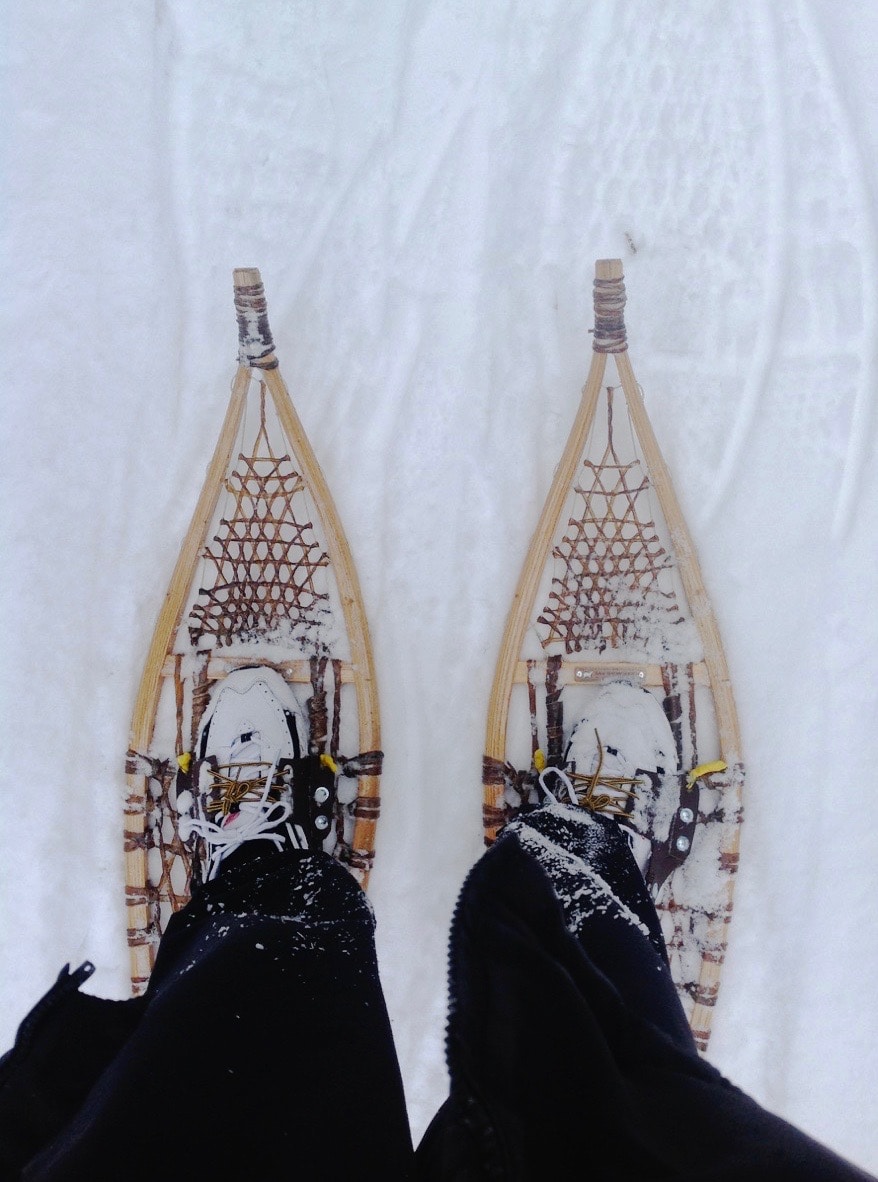By Brandon MacLeod
There are these intangible, sometimes-difficult-to-describe rewards that come with teaching: the embrace of learning, reaching understandings, being inspiring/inspired, seeing talents and creativity manifest beyond the words themselves, sometimes for the first time.
Teaching youth simply magnifies these rewards.
They further our appreciation of the people who will inevitably become the next line of leaders, teachers, caregivers, and artists – as the next generation becomes the generation, taking on, changing, embracing, tearing down and building up what was left to them by the previous generations.
Teaching is a privilege and a responsibility. Teaching the next generation is life-affirming.
Indigenous Reporters Program journalism trainers typically mentor and teach journalism to adults. But a growing part of the program is getting youth involved through workshops, presentations, website building, or, like a group of Eabametoong First Nation youth did, by starting their own radio show.

North Spirit Lake’s Internet high school class embark on a photography/snowshoeing workshop. Photo by Joseph Kakegamic
For me, most recently a journalism trainer in North Spirit Lake First Nation, working with youth is showing up at the school on a weekly basis ready to share knowledge and encourage creativity through writing and photography. Or better yet, it’s meeting up with eight students and their teacher Lindsay from the community’s Internet high school class for a different kind of photography workshop. A workshop we gladly held outside, in the dead of winter, on bush trails, wearing snowshoes, carrying cameras around.
It’s seeing students pick up a ‘professional’ camera for the first time. It’s witnessing a student get her first picture published in a newspaper read province-wide. It’s watching the whole class take five minutes to free-write about the vast nature that is their backyard, then bravely read aloud what they just wrote in front of their teachers and peers. It’s knowing that each student will have a different future. Each student is important and has a unique story to tell. And that inside each and every one of them is promise, potential, and some good will. These are what make a teacher love what they do.
Who knows what the long-term future holds. But for those eight students, Martina and Alyssa, Joseph and Lestat, Cherish and Freedom, Max and Zach, on that particular day, they found yet another way to share something important, a part of themselves, their stories – whether through the lens of a photography workshop next to spruce trees, in snow up to our knees, or back inside with a free-write. The next generation has always had a worthy voice to share and it’s a reminder we’re all better off when we take the time to really listen.
And it’s that, all of that – the small steps, the little sparks, the lessons learned – that make this all worthwhile.

Students and teachers stop for a group photo following the photography and snowshoeing workshop. (Back row, from left) Teacher Lindsay Cavanaugh, Lestat Rae, Zach Rae, Cherish Oombash, Freedom Rae, Martina King, Journalism Trainer Brandon MacLeod, Joseph Kakegamic (Front row, from left) Max Rae, Alyssa Rae. Photo by Brandon MacLeod
* To see a collection of photos from the snowshoeing/photography workshop selected by the aforementioned students, as well as other pictures, stories, art and interviews from North Spirit Spirit Lake, visit https://nslfn.wordpress.com/
Brandon MacLeod served as JHR’s community journalism trainer in North Spirit Lake First Nation from July 2016 to March 2017 as part of the Indigenous Reporters Program.




